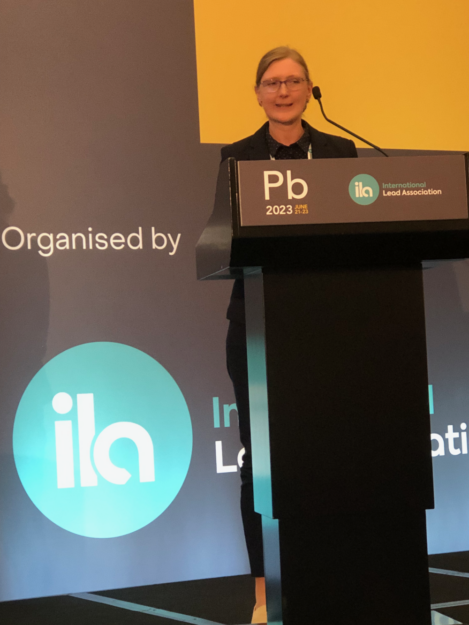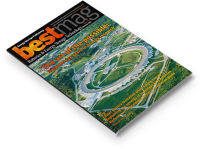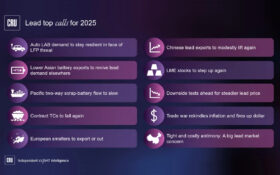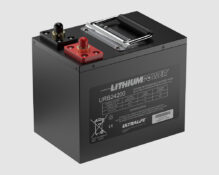The lead industry has called on EU regulators to listen as it shapes its REACH regulation and consider the far-reaching and negative consequences.
Lisa Allen, senior regulatory affairs manager at the International Lead Association, told her audience at the ILA’s #Pb2023 conference in Athens, Greece, on Thursday that the regulation had caused uncertainty for business, and the EU knew this.
The EU is undertaking a review of the regulation with a view to including lead in Annex XIV of the REACH Authorisation List, as reported in April. It may be past 2030 before revisions to REACH are implemented, she said. She noted there are elections to the European parliament in 2024, which may change sentiment.
The ILA aims to stop lead metal being included in the annex, she said. “We need regulators to work with us.” She added: “They need to listen to us to make informed decisions.” The ILA and others are industry experts and willing to help identify and use more effective and proportionate measures.
“If this went through there would be so many applications for lead metal that it would be an unprecedented workload,” Allen said. “They already have a huge workload and that’s without lead.”
It would also stifle innovation and long-term investment in the EU, she said.
She went on to say the aim is for the EU to adopt alternative risk management measures that do not negatively impact battery and other critical uses. That would ensure policymakers recognise the societal and economic benefits of a strategically autonomous, key raw material.
In his presentation, the ILA’s regulatory affairs director, Steve Binks, said he had “never seen such a proliferation of regulations” in his career.
The overarching aim of the EU’s European Green Deal is to reach net-zero greenhouse gas emissions within the EU and deliver a pollution-free environment by 2050. The wording “Pollution-free” was changed from “toxic-free”, a change which has left industry wondering about the significance, he said.
Europe is not the only region with developing regulation, he said. The US has the Inflation Reduction Act, plus NAAQS, NESHAP, OSHA OEL, and TSCA. India brought in battery waste management rules in 2022, and China has a raft of measures, including an action plan for prevention and control of waste lead battery pollution, standards for the lead and zinc industry, national standards for e-bikes, and guidance on energy and emission reductions in the energy-intensive industries.
Photo: The ILA’s senior regulatory affairs manager, Lisa Allen, said EU regulators “need to listen to us to make informed decisions.”












